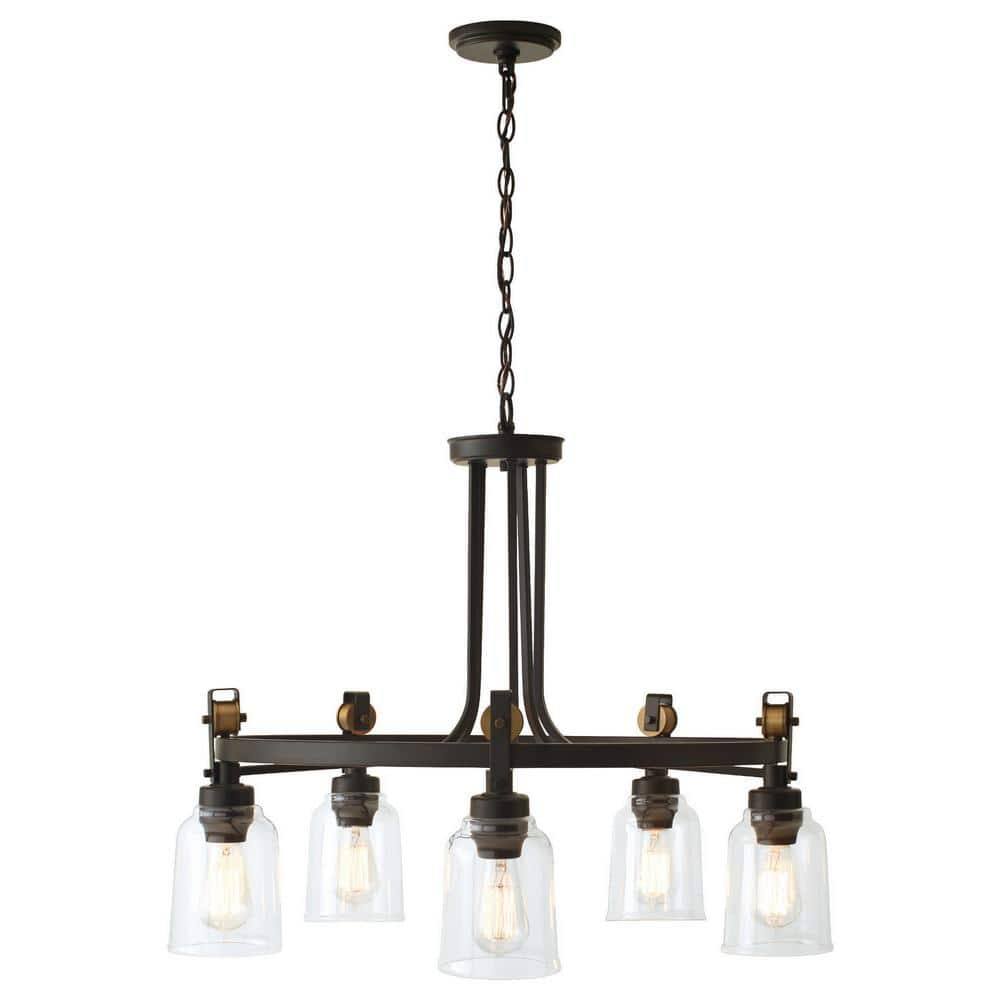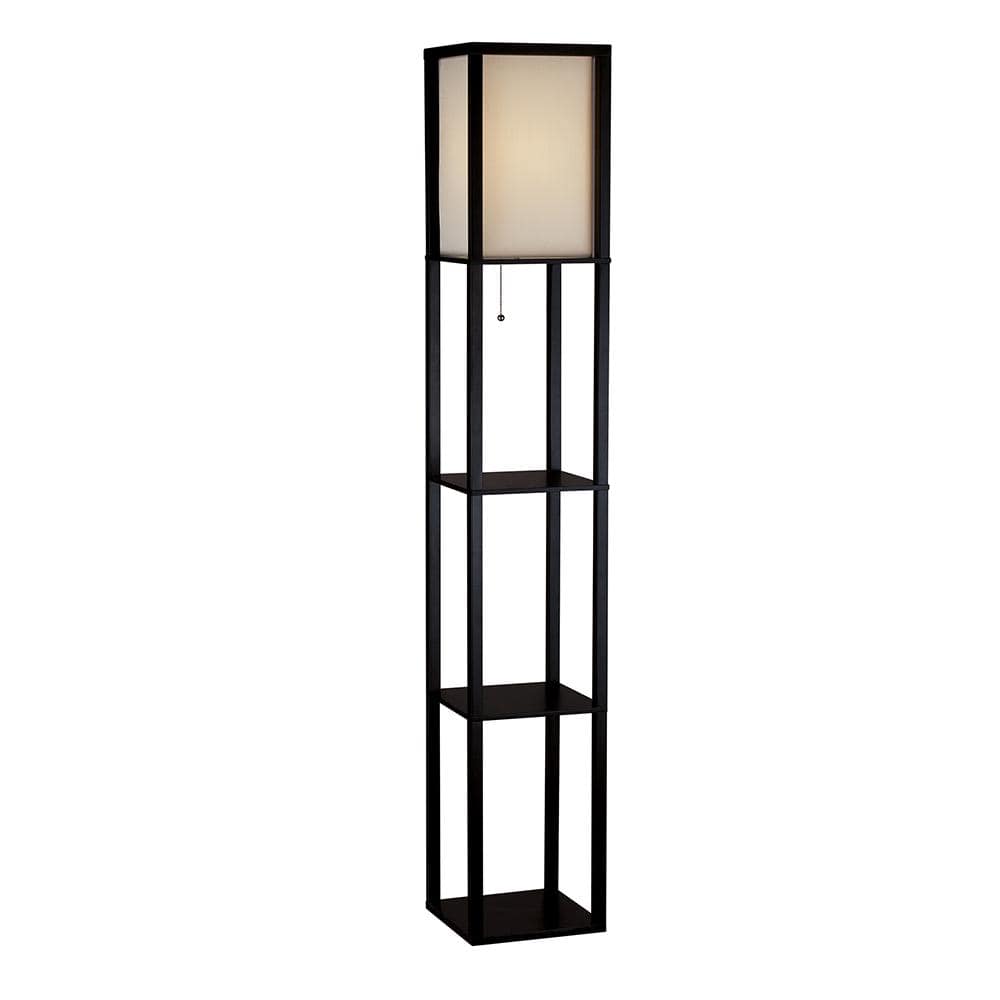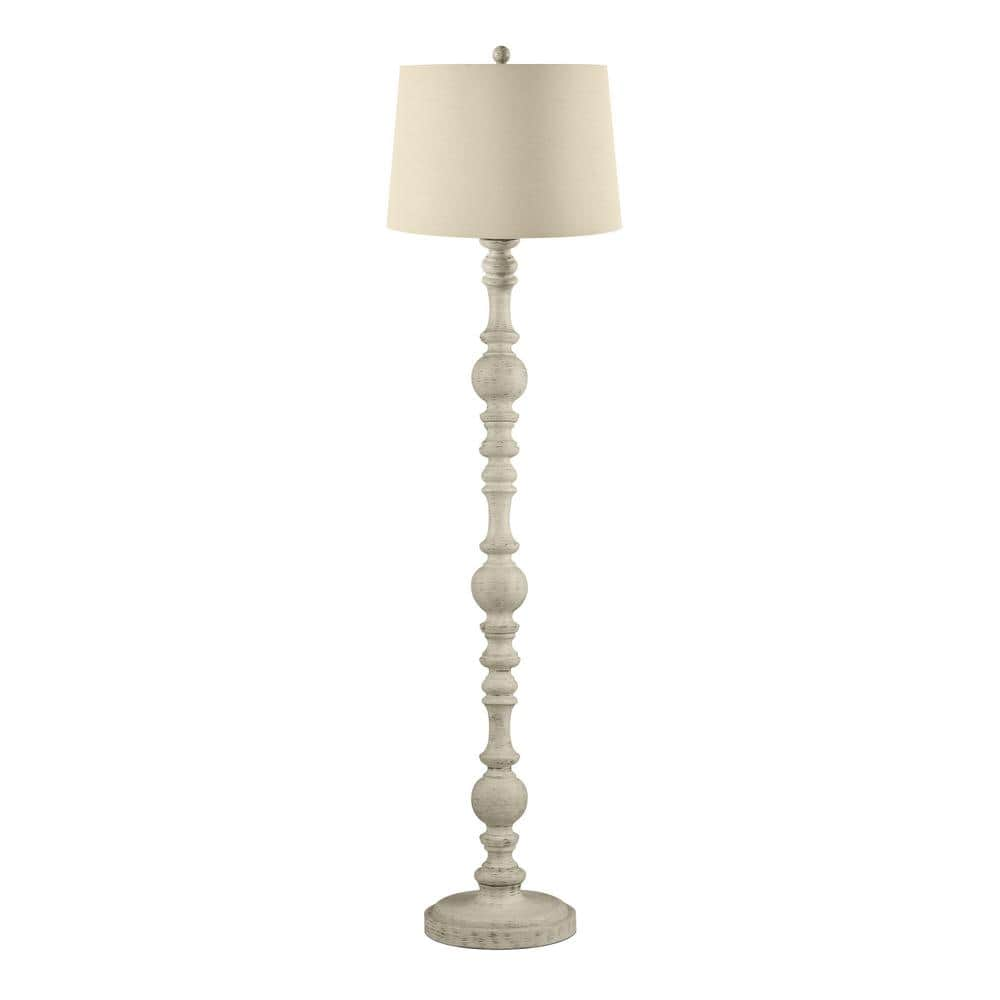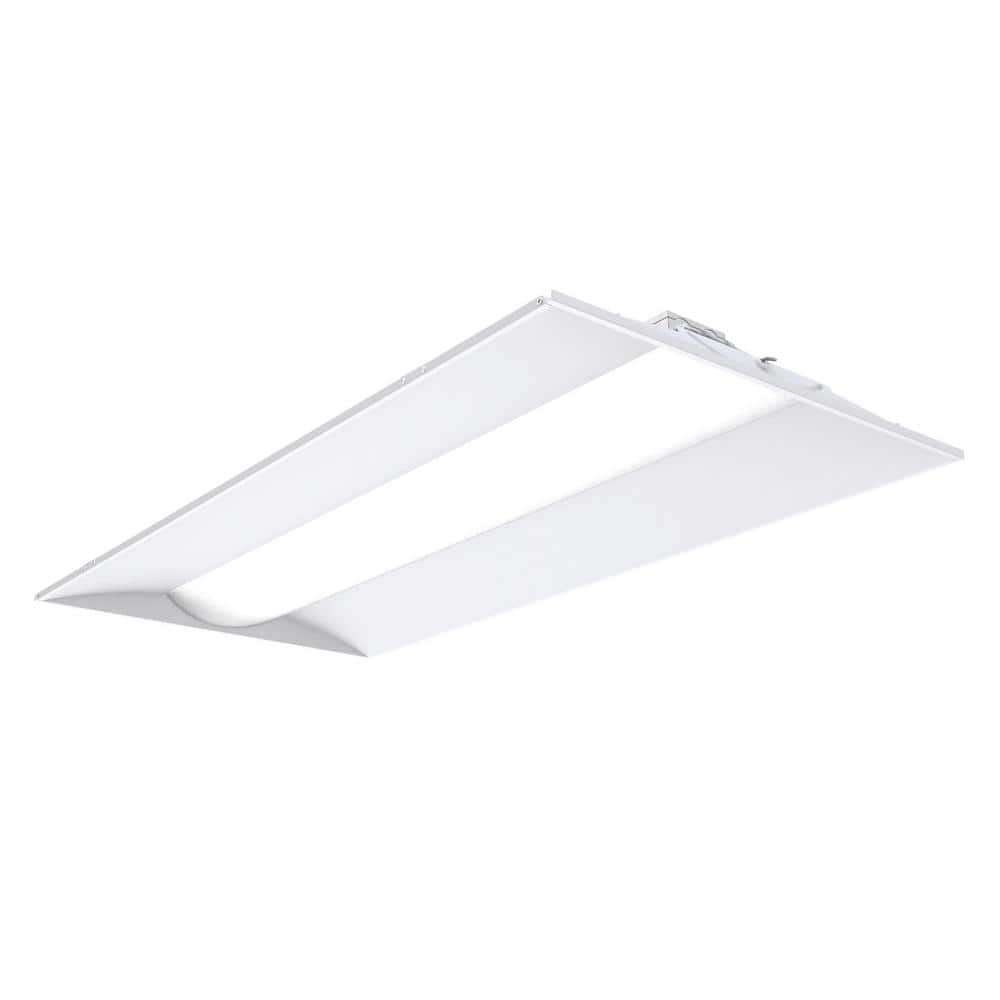Home Decorators Collection Knollwood 30 in. 5-Light Black Bronze with Brass Accents Industrial Round Chandelier for Kitchens Bulbs Included
Industrial chandelier light perfect for a foyer or entryway. Blackend bronze finish with vintage brass accents. Measures 30 in. in diameter x 24-1/8 in. in height.
Influenced by a mid-20th century vintage industrial design, the Knollwood lighting collection has clear glass shades that will perfectly highlight the classic Edison bulb. The circular shaped 5-light antique bronze chandelier offers transitional style with timeless appeal. Incandescent medium-base blubs not included.
- Antique bronze finish with vintage brass accents
- Clear glass shades
- 30 in. in diameter x 24-1/8 in. in height
- Dry location listed
- Coordinating fixtures available
- Includes all mounting hardware for quick and easy installation
Additional information
| Chain Length (in.) | 72 |
|---|---|
| Fixture Depth (in.) | 30 |
| Fixture Height (in.) | 24.13 |
| Fixture Weight (lb.) | 15.78 |
| Fixture Width (in.) | 30 |
| Maximum Hanging Length (in.) | 101 |
| Mounting Deck Height (in.) | 0.75 |
| Mounting Deck Width (in.) | 5 |
| Certifications and Listings | UL Listed |
| Manufacturer Warranty | 3-year limited warranty |






by David
nice lighting fixture puts out a lot of light and looks great too
by Denise
Love it looks so beautiful in our great room over the dining room table.
by Cedar
Love the style of this light! Chain was not easy to adjust to make shorter. Also instructions were not clear for how to get the wires & all connected to those in the ceiling.
by Patsy
I bought the light fixture for my living space even though it was for the kitchen. I have a very small kitchen area so I put the 3- light fixture in there. I love the light fixtures so much! They go with my farmhouse industrial design for my small townhouse. The only thing is, the bulbs were not included.
by Louis
Changed out globes, just personal preference. Love it.